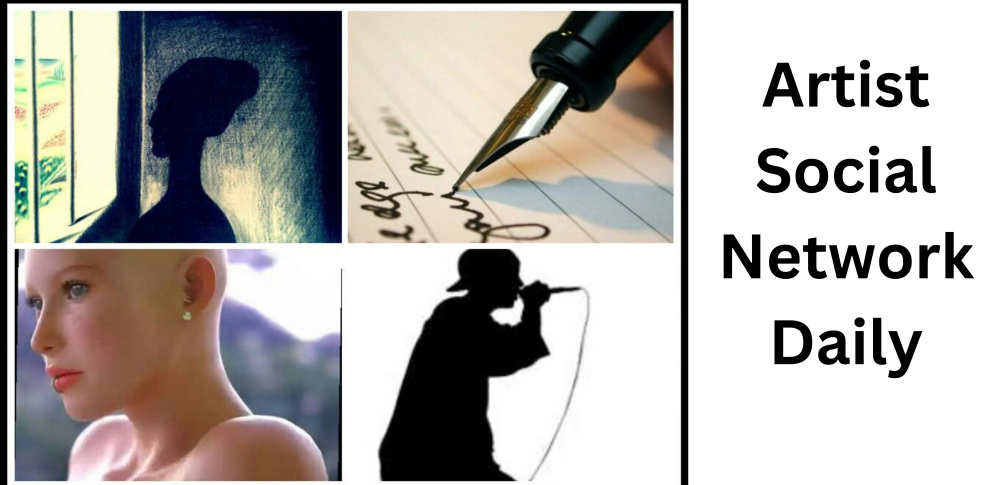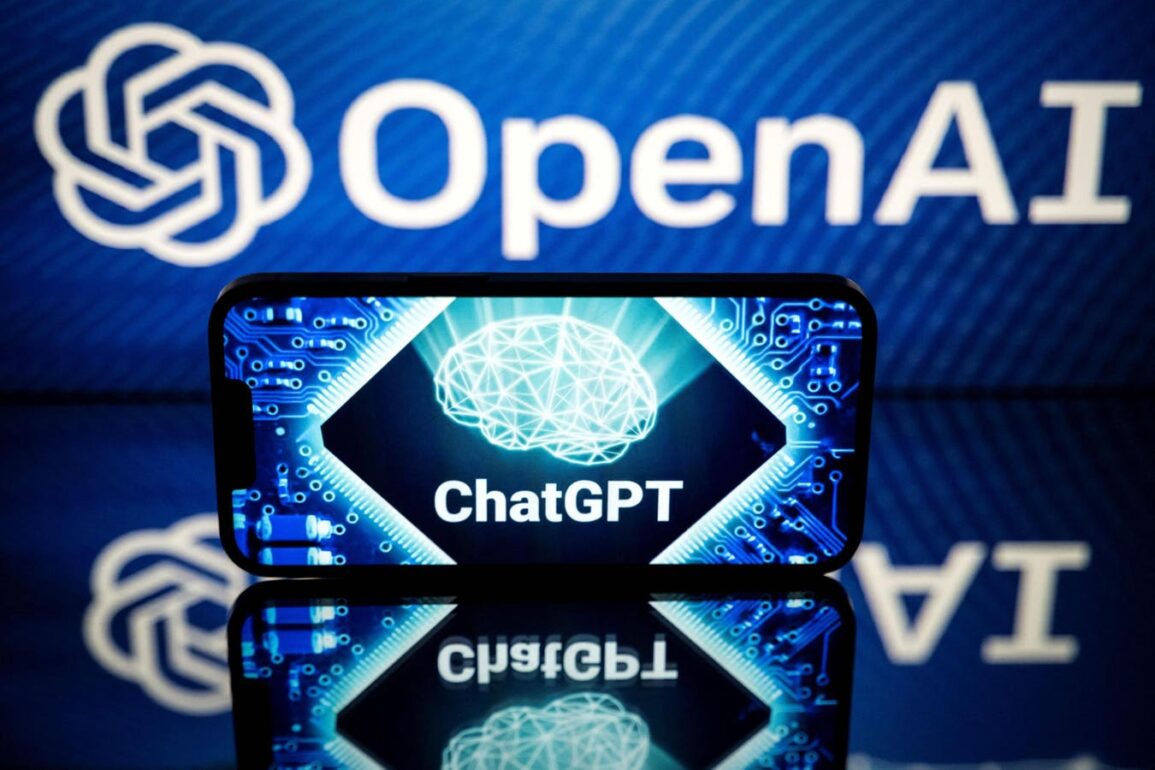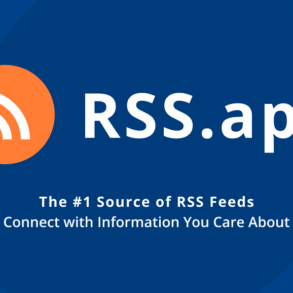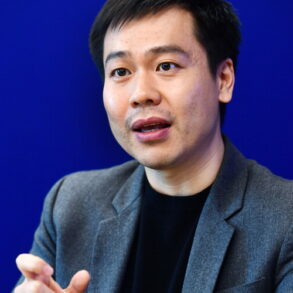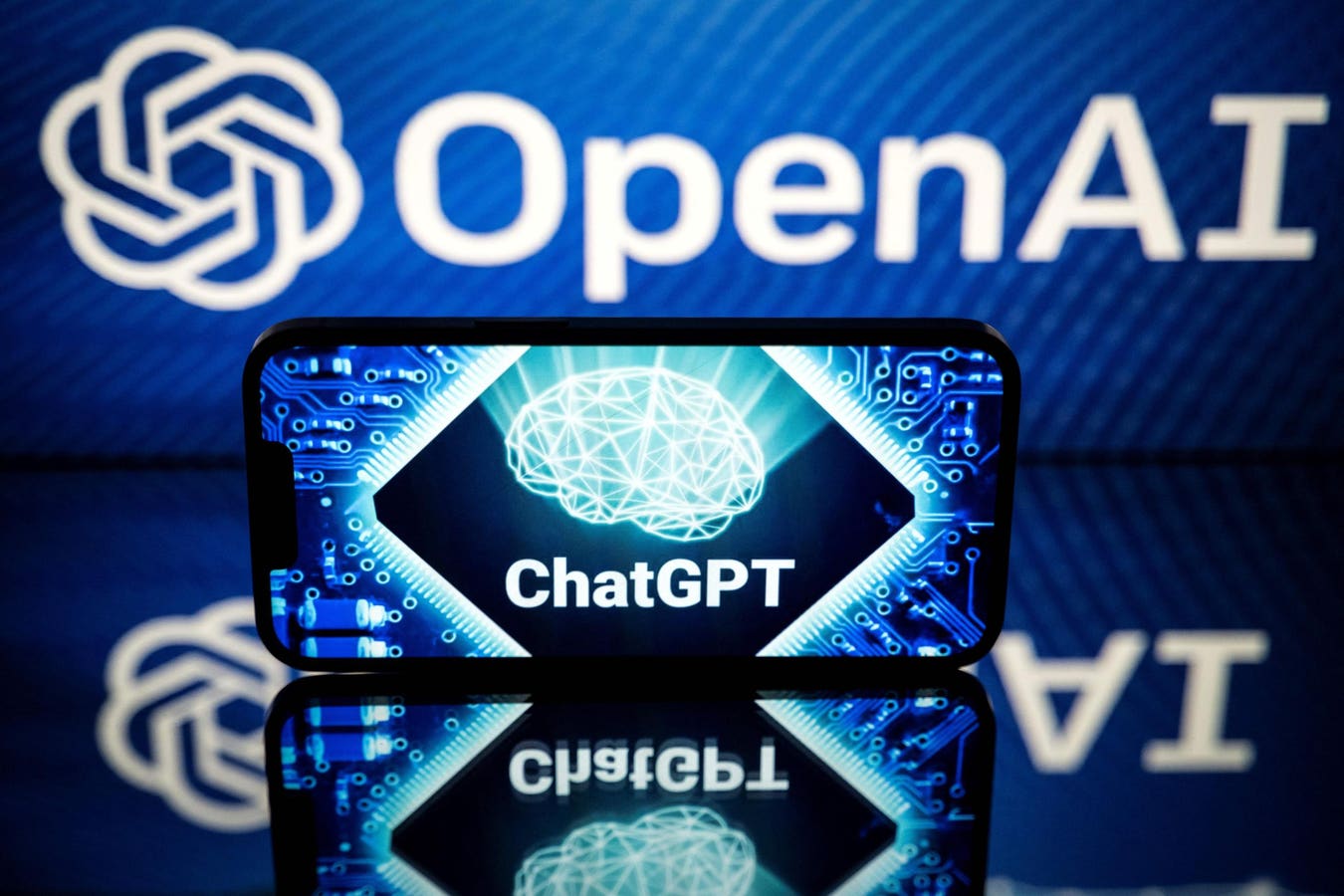
Even before tech entrepreneur Elon Musk purchased Twitter two-and-a-half years ago, only to rebrand it X, there had been clones that sought to carve out their own respective niches. That included Parler, which aimed to strike a chord with conservative viewpoints, but then-former-President Donald Trump launched Truth Social. After Musk upended the old Twitter, other platforms arrived on the scene, including CounterSocial, Mastodon, the Meta-owned Threads and then Bluesky, which was backed by Jack Dorsey, the former CEO of Twitter.
Now, OpenAI, the company behind the generative AI platform ChatGPT, is reportedly set to enter the social network sphere. Though it has been mum on the matter, OpenAI’s project is very much in the early stages. It isn’t likely to remain “vaporware” for long, and details could emerge quickly.
However, as The Verge reported, launching a new social media platform built around ChatGPT could put it on a collision course with Facebook parent Meta, which is also in the AI assistant space, but also with Elon Musk’s X. OpenAI CEO Sam Altman and Musk have become bitter rivals in recent years, so it is hard not to see this escalating their personal Cold War.
As details are still sparse, it is difficult to know what OpenAI could bring to the social media space that isn’t already there. But the most pressing question is whether another Twitter clone can even stand out, even one that may incorporate the popular generative AI.
Been There, Done That – Another Twitter Clone Won’t Matter
OpenAI would be far from the first to attempt to dethrone X, but it can look to why the other efforts have so far not succeeded. Though Bluesky emerged last year as the closest thing to a spiritual successor of Twitter, it hasn’t gained significant momentum.
So why would anything from OpenAI be different? The answer is it might not.
“In short, we don’t really need another X clone unless it delivers something consumers can’t already get. Bluesky appeals to users who see value in escaping Elon Musk’s control and the direction X has taken. Truth Social only gained relevance when Trump was banned. If he weren’t on it, there wouldn’t be a strong need to use it,” explained Colin Campbell, associate professor of marketing at the University of San Diego’s Knauss School of Business and editor-in-chief of the Journal of Advertising Research.
In other words, unless OpenAI brings something meaningfully new to the table, it will struggle like those that came before to attract users. Campbell suggested it would need at the very least a different type of interaction, a smarter feed, or unique integration with its AI tools. Even then, users are likely to stick with what they know, and that’s where X marks the spot.
“We need innovation, not imitation,” added Dr. Dustin York, an associate professor of communication at Maryville University. “Bluesky, Mastodon, and Truth Social have tried to replicate Twitter’s utility but haven’t been able to reproduce its initial magic, the network of users. What differentiator will bring people to OpenAI’s version?”
More Of The Same Isn’t Working Anymore
For the most part, the would-be Twitter successors have simply been Twitter under a different name. Their differentiator was about “free speech” or being an open-source, decentralized social network. That appealed to users frustrated with the direction X moved under Musk, but for most, it didn’t offer anything compelling, or at least compelling enough, to start over on a fresh service.
Building a following takes time, and many users aren’t ready to do it yet again.
“I’ve seen platforms come and go. Every time a new one pops up promising to be the next X, it usually misses the mark. What made X work, was not just its features; it was the timing, the people, and how it became part of their culture,” said Ashley Nelson, senior professor of practice at Tulane University’s Freeman School of Business, who has been teaching trends in social media for well over a decade.
“You can copy the buttons and layout, but that does not mean people will show up or stay,” Nelson explained. “Most of these clones do not build the kind of community or energy that made X what it is today. You will find sharp rises in users with copycat platforms during the rollout, but in the end, they fizzle quickly.”
She warned that at this point, it feels like developers are simply stuck in copy-paste mode.
“If a new platform wants to stand out, it has to offer something different that speaks to how people want to connect and communicate. Just being another version of X isn’t enough,” Nelson continued. “The real opportunity is to rethink what social media could be and not rebuild what we already have right now.”
Too Many Options Already
Perhaps the biggest problem with the “next big thing” is that there are too many of them, and OpenAI’s potential entry into the market isn’t going to change that. For it to stand out, it will need to do more than just be the latest Twitter.
In the past, some attempted to be “free speech” utopias, while others were launched with high-profile backers, like Trump. According to Dr. York of Maryville University, what was often lacking was actual user engagement.
“That’ll require more than just copying Twitter. It’ll take time, network effects, and a very magical kind of cultural luck,” York suggested.
He further noted that Twitter had an 18-year head start, and it was adopted by people in media, politics, sports, and Hollywood who already had a following.
“You can’t just slap a new logo on the same product and expect the world to migrate,” York continued. “The only way one of these can truly achieve Twitter’s reach is by doing something Twitter didn’t. Solve for safety. Build actual trust. Introduce a radically better algorithm. Add real utility. Otherwise, it’s just the same old thing with worse branding.”
It is possible OpenAI can address those issues, and it does have name recognition with its ChatGPT, but even that might not be enough. The market is already very crowded, so the latest arrival will need to attract followers quickly to truly stand out.
“Social networks are sticky by nature since their value comes from who else is there,” Campbell added. “Most people stay on X not because they love it, but because that’s where everyone else is.”
This post was originally published on this site be sure to check out more of their content
